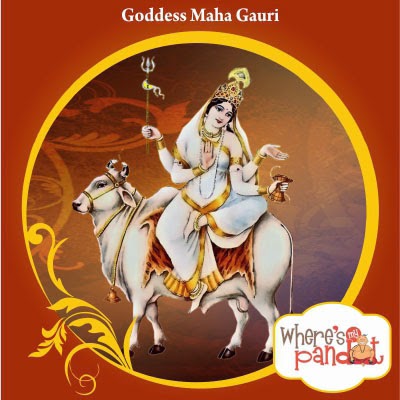Mahavir Jayanti
Aanchal, a little girl of five, waits anxiously for the Abhisheka of their statue to begin. It was her first time celebrating Mahavir Jyanti outside home. The little girl couldn’t contain her excitement, after all she had helped her mother pick out the perfect statue.
India is unlike any other country. It is whole world with its mixed religious communities and people from different cultures, traditions and tons of festivals. It’s often joked about the fact that in India, every second day is a holiday because of some or the other festival.
Out of the many religions that India houses, Jainism is one of the major one. We all have that one Jain family in our social circles whom we all love; they are the most soft spoken, well-mannered and nice sort of people one can ever come across. Jains are staunchly religious and to them their religion is a serious business. They follow the teachings of Lord Mahavir and devote their whole lives to live up to them.
Mahavir was born with a silver spoon. He was the son of King Siddhartha and Queen Trishala born in 590 BC (before Christ). Born as a prince, he was the rightful heir of his father’s kingdom. From his childhoods itself, he was different from all the other boys of his age. He always wondered about the purpose of life and about the cycle of birth and death. In his early twenties, he left the comfortable life of his palace in search for the answers to the questions that had troubled him all his life.
After a lot of meditation and penance he received enlightenment. He is considered to be the 24th and the very last Tirthankara or the enlightened being. After his enlightenment he made it his life’s motto to spread his knowledge to the world. Soon, enough he had a group of devoted followers who were called Jains.
The Jain’s have since then celebrated Mahavir Jayanti to commemorate the birth of their lord and leader Mahavir. This festival is celebrated with great pomp and show; it begins at the break of dawn. All the devotees gather at temples, carrying a statue of their lord, where it’s washed and bathed in the holy water. This part of the ritual is called Abhishekha. It is performed to purify the lord by giving him a through cleansing.
On this day, most of the devotees perform a charitable act or collect donations for a noble cause like upliftment of the poor, feeding the hungry etc. Devotees also meditate and pray to the lord from morning till evening, thanking Mahavir for the sacrifices he made for their community and also for the teachings he imparted.
Being an Indian, we are lucky that we have an opportunity to witness such diverse culture and religious rituals. This year Jain’s celebrate the 2612thbirthday of Mahavir. Make sure that you are a part of the celebrations because you will for sure come back home with a more peaceful and happier mind.















